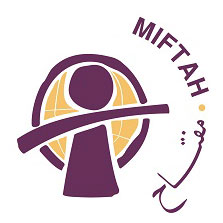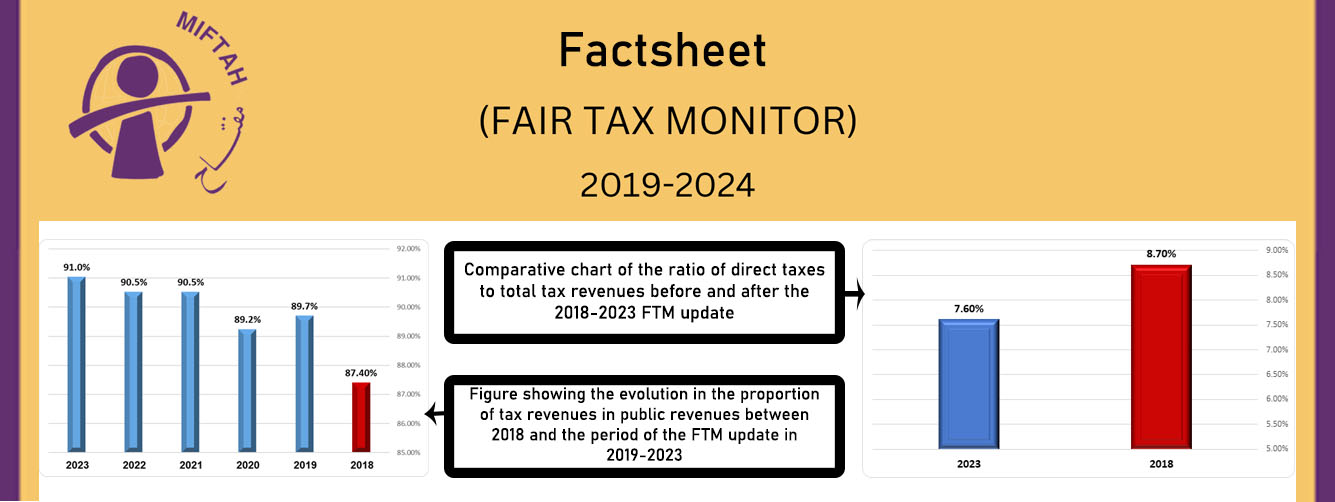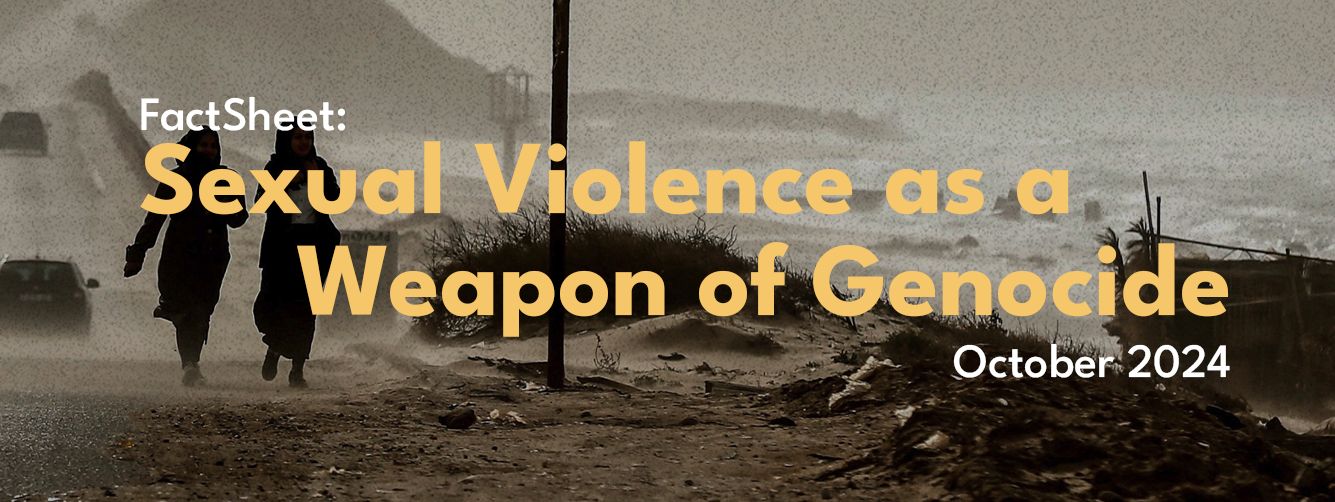1. What is “Operation Defensive Shield”?
Operation Defensive Shield as it is called by Israel was actually a reinvasion of Palestinian cities and towns during from March 29th to April 21st, 2002. The reinvasion of all the major West Bank towns except for Hebron and Jericho left most of the population under prolonged curfews and the PA infrastructure in ruins.
The reinvasion, whose ferocity and scale were unprecedented, brought about particularly great devastation to the Palestinian cities of Ramallah, Nablus and Jenin.
The reinvasion also witnessed an exceptionally brutal raid on a Palestinian refugee camp in Jenin, killing over 52 Palestinians.
2. How many Palestinians were killed, injured or arrested during the reinvasion?
According to the Palestinian Red Crescent at least 216 Palestinians were killed, 416 wounded and over 4,258 detained by the Israeli military.
The Israeli offensive also left 29 Israeli soldiers dead, and 127 wounded.
3. What most characterized the reinvasion?
The reinvasion was characterized by prolonged blanket curfews, the curtailment of basic movement, denial of medical access, severe shortage of food, water and medical supplies. In addition to the widespread destruction of infra-structure, the looting and rampage of public and private property took place. The use of Palestinians as human shields by the Israeli military was also frequently registered.
a. Blanket curfews and movement curtailment:
Israel's already unbearable restrictions on freedom of movement were dramatically increased during its offensive and population centers were placed under prolonged curfews, confining residents to their homes for weeks on end, with the exception of three-to-four hour breaks once every two or three days.
b. Denial of medical care:
Israeli military blocked the movement of ambulances (including those of the International Red Crescent Society), making medical treatment and evacuation of the sick and wounded impossible, thereby grossly violating medical neutrality.
The consequences of the prevented or blocked access led to many avoidable deaths, most commonly caused by the lack of medical attention or medication.
Five medical personnel where killed by Israeli gunfire while attempting to tend to injured.
In the Jenin refugee camp access to the camp was denied to all ambulances and humanitarian organizations for twelve days.
c. Damage and looting of private & public property:
Offices of the Palestinian National Authority and of Palestinian civil society organizations such as human rights groups, as well as radio and television stations were broken into and often vandalized.
Office computers, networks and other equipment, including televisions and file cabinets full of records were simply destroyed or looted.
Dozens of Palestinians also reported money or jewelry missing from houses after soldiers conducted searches.
d. Israeli use of Palestinians as human shields:
Eyewitness accounts and press reports strongly indicate that Palestinian civilians were repeatedly forced to march in front of soldiers as "human shields." Palestinians “human shields” would be forced to perform dangerous tasks, such as entering houses to check if they were booby-trapped or removing suspicious objects from the road. The Israeli human rights group B'Tselem received testimonies from soldiers indicating that they had received clear instructions on this practice.
4. How much physical damage was caused by the Israeli reinvasions?
According to assessments carried out by the World Bank together with a team from donor countries, Operation Defensive Shield resulted in damages of over $360 million to Palestinian infrastructure and institutions.
The largest physical damage caused by the military offensice was in Nablus - approximately $115 million. The enormous damages sustained by Nablus, much of which was the result of aerial bombing, included the destruction of historic buildings in its Old City.
Damage to civilian housing in the cities of the West Bank was estimated at about $66 million. The destruction of around 800 homes in Jenin city’s refugee camp was assessed at about $43 million.
5. Was access afforded to Press, Human rights and Humanitarian organizations?
Most of the West Bank, including all the major Palestinian cities, was declared as a “military” area and journalists were barred from entering it.
Human rights organizations were also severely restricted in their access to the affected areas, limiting the possibility of obtaining accurate information.
Humanitarian aid organizations were only scarcely granted access to the afflicted populations, and often greatly delayed before being afforded passage.
6. What happened at the Jenin refugee camp?
On April 3, 2002 Israeli troops, tanks and helicopters surrounded the area of Jenin in the northern West Bank, and raided the city’s refugee camp. The raid which lasted for close to two weeks, made heavy use of tanks and armored bulldozers in an extremely dense urban area, with catastrophic effect.
Palestinian resistance to the Israeli raid which killed over 52 Palestinians also left another 22 Israeli soldiers dead.
During Israel’s military operations in Jenin thousands of people remained trapped in their homes under a stiff curfew while intensive aerial shelling was being conducted and massive home demolitions carried out.
Plenty of evidence suggests that the Israeli military committed gross violations of the human rights with respect to the trapped civilians.
According to estimates by the World Health Organization and the Palestinian Ministry of Health, around 600 houses were totally destroyed and 200 rendered uninhabitable in the Jenin refugee camp. The housing damage was assessed at about $43 million.
7. What was the U.S. reaction to the Israeli reinvasion?
For the first three days of Defensive Shield, the State Department confined itself to statements supporting Israel's "right to self-defense," however on April 4th, 2002, Bush began to demand that Israel withdraw. President Bush’s repeated requests had no actual impact on Israel, and were often made while casting the responsibility of much of these developments on the Palestinian leadership, specifically President Arafat.
8. How did the U.N. react?
The UN Security Council passed Resolution 1402, which called for "the withdrawal of Israeli troops from Palestinian cities including Ramallah." This was followed by the Secretary-General’s call on April 12th, 2002, for a peacekeeping force to be sent to the occupied territories, and finally the passage of Resolution 1405 which "welcomed Annan's initiative" to form a fact-finding commission to investigate the alleged war crimes that occurred during the Israeli invasion of the Jenin refugee camp.
Both Amnesty International and Human Rights Watch charged Israel with violations of international law and war crimes.
9. What happened to the U.N. Fact finding team?
The UN fact finding mission called for by Security Council Resolution 1405 was formed but not dispatched to the occupied territories as a result of Israel’s objections to what it perceived as an inadequately composed and qualified team. Israel claimed that the lack of persons with military background in the team would render it unable to properly assess Israel’s military operation and take into account its military considerations, and thus unable to produce a fair and balanced assessment.
10. What happened to President Arafat’s headquarters?
A prolonged siege was laid on President Arafat’s compound effectively imposing a house arrest on him in full view of the international community.
The physical invasion of the President’s compound also demolished a number of the buildings and other structures.
Contents from offices, such as files and computer hard drives were also removed by Israeli troops.
The safety of the Palestinian President was ensured through a great deal of international pressure on Israel.
The operation on the President’s headquarters was understood by many as an Israeli attempt to destroy the Palestinian National Authority, and many of its socio-economic institutions.
In an unexpected event, a group of international solidarity activists managed to move past Israeli tanks and offer themselves as a voluntary protection force for the President and those trapped inside with him.







